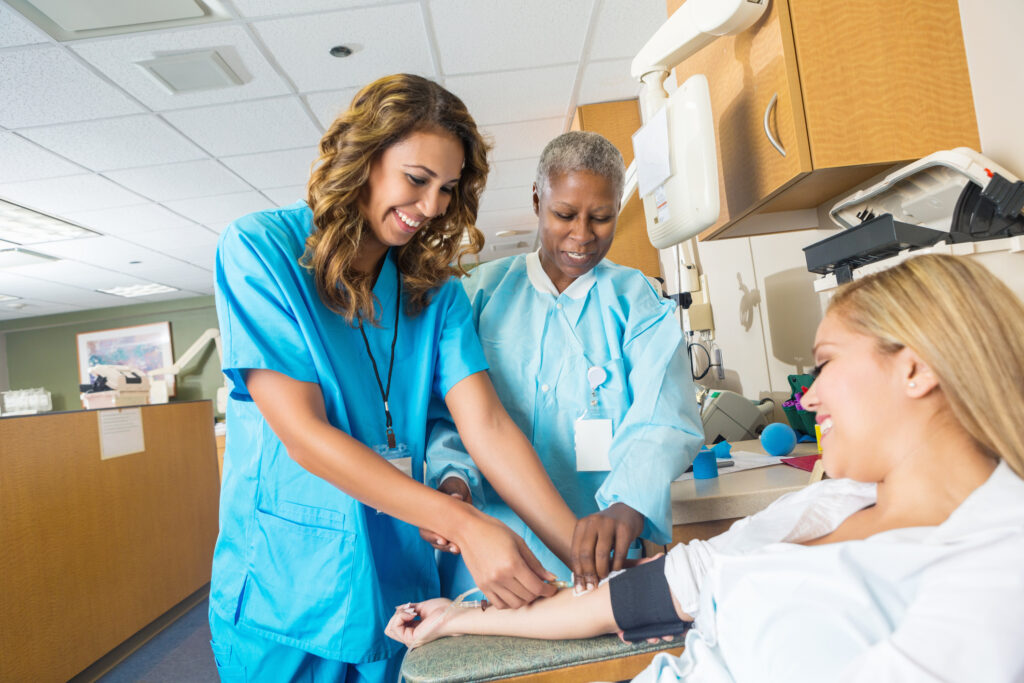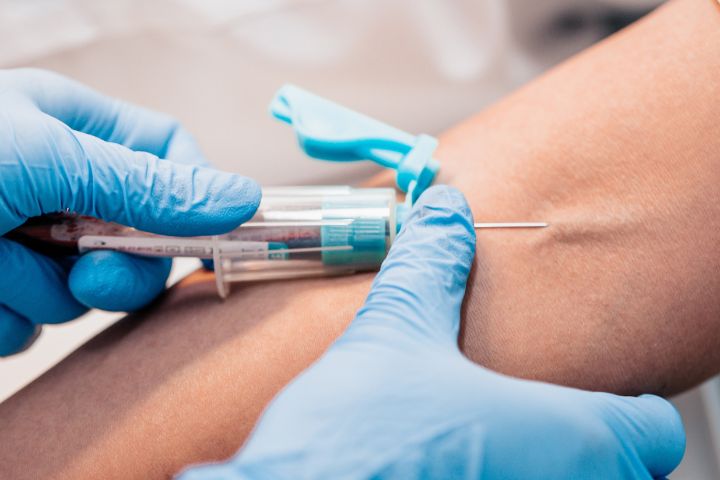The 25-Second Trick For Northeast Medical Institute - New Haven Campus Phlebotomy Course & Cna Class
The 25-Second Trick For Northeast Medical Institute - New Haven Campus Phlebotomy Course & Cna Class
Blog Article
The Only Guide to Northeast Medical Institute - New Haven Campus Phlebotomy Course & Cna Class
Table of ContentsNortheast Medical Institute - New Haven Campus Phlebotomy Course & Cna Class for BeginnersNortheast Medical Institute - New Haven Campus Phlebotomy Course & Cna Class Things To Know Before You BuySome Of Northeast Medical Institute - New Haven Campus Phlebotomy Course & Cna ClassHow Northeast Medical Institute - New Haven Campus Phlebotomy Course & Cna Class can Save You Time, Stress, and Money.Getting The Northeast Medical Institute - New Haven Campus Phlebotomy Course & Cna Class To WorkThe smart Trick of Northeast Medical Institute - New Haven Campus Phlebotomy Course & Cna Class That Nobody is Talking About
The usage of such devices need to be come with by other infection prevention and control methods, and training in their usage. Not all security devices are relevant to phlebotomy. Prior to selecting a safety-engineered tool, users must extensively explore readily available devices to determine their suitable use, compatibility with existing phlebotomy methods, and efficacy in protecting staff and individuals (12, 33).For setups with low resources, expense is a motoring aspect in procurement of safety-engineered tools. Where safety-engineered gadgets are not offered, proficient use of a needle and syringe is acceptable.
One of the vital markers of quality of treatment in phlebotomy is the involvement and participation of the client; this is mutually advantageous to both the health employee and the individual. Clear details either composed or verbal should be available to every individual that undergoes phlebotomy. Annex F provides example message for clarifying the blood-sampling treatment to an individual. In the blood-sampling space for an outpatient department or facility, offer a comfy reclining couch with an arm remainder.
Northeast Medical Institute - New Haven Campus Phlebotomy Course & Cna Class - The Facts
Make certain that the indicators for blood sampling are clearly specified, either in a composed method or in documented guidelines (e.g. in a research laboratory type). At all times, follow the strategies for infection prevention and control noted in Table 2.2. Infection avoidance and control methods. Gather all the tools needed for the procedure and place it within risk-free and simple reach on a tray or cart, ensuring that all the things are clearly visible.
Present on your own to the client, and ask the client to specify their full name. Inspect that the research laboratory type matches the client's identity (i.e. match the person's information with the research laboratory type, to ensure precise identification).
Make the patient comfortable in a supine position (ideally). Location a tidy paper or towel under the person's arm. Go over the test to be executed (see Annex F) and get spoken authorization. The individual has a right to decline an examination at any kind of time before the blood tasting, so it is very important to guarantee that the patient has actually comprehended the treatment.
Northeast Medical Institute - New Haven Campus Phlebotomy Course & Cna Class Can Be Fun For Everyone
Extend the client's arm and examine the antecubital fossa or forearm. Situate a vein of a good size that shows up, straight and clear. The diagram in Section 2.3, reveals typical placements of the vessels, however lots of variants are possible. The median cubital vein lies between muscular tissues and is generally one of the most easy to puncture.
DO NOT insert the needle where blood vessels are diverting, because this enhances the chance of a haematoma. The blood vessel needs to be noticeable without using the tourniquet. Situating the capillary will help in you can try here figuring out the correct dimension of needle. Use the tourniquet regarding 45 finger widths above the venepuncture site and re-examine the vein.
Samplings from main lines bring a risk of contamination or wrong research laboratory test outcomes. It is acceptable, yet not perfect, to attract blood specimens when first presenting an in-dwelling venous device, prior to connecting the cannula to the intravenous liquids.
The 6-Second Trick For Northeast Medical Institute - New Haven Campus Phlebotomy Course & Cna Class
Permit the location to completely dry. Failing to permit sufficient call time increases the danger of contamination. DO NOT touch the cleaned up site; specifically, DO NOT place a finger over the capillary to direct the shaft of the subjected needle. It the website is touched, repeat the sanitation. Carry out venepuncture as follows.
Ask the client to develop a clenched fist so the blood vessels are more noticeable. Go into the blood vessel quickly at a 30 degree angle or much less, and proceed to present the needle along the blood vessel at the easiest angle of entry - PCT Courses. As soon as enough blood has been collected, release the tourniquet prior to taking out the needle
Northeast Medical Institute - New Haven Campus Phlebotomy Course & Cna Class for Beginners
Take out the needle delicately and use mild pressure to the site with a tidy gauze or completely dry cotton-wool sphere. Ask the client to hold the gauze or cotton woollen in position, with the arm prolonged and raised. Ask the patient NOT to flex the arm, due to the fact that doing so triggers a haematoma.

Everything about Northeast Medical Institute - New Haven Campus Phlebotomy Course & Cna Class
Do not push the syringe bettor since additional stress boosts the danger of haemolysis. Where possible, keep the tubes in a shelf and relocate the rack towards you. Infuse downwards right into the ideal coloured stopper. DO NOT remove the stopper since it will certainly launch the vacuum. If the example tube does not have a rubber stopper, infuse incredibly gradually right into television as decreasing the pressure and rate made use of to transfer the sampling lowers the risk of haemolysis.

Report this page